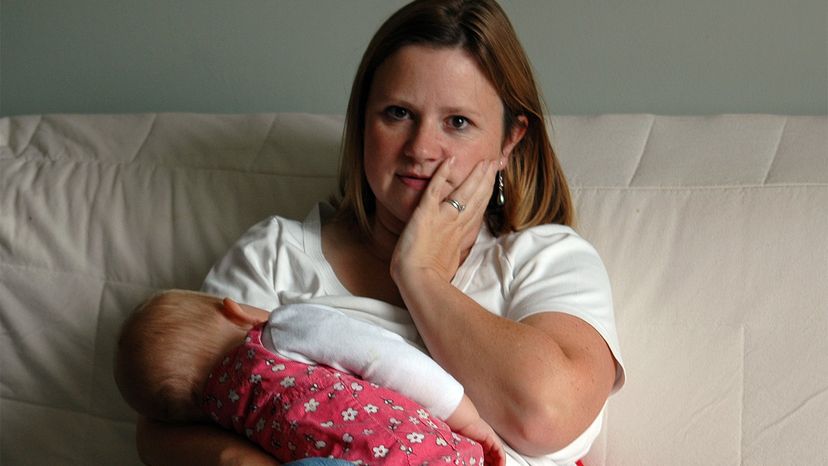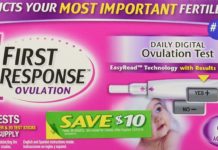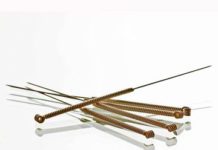 “Ectopic lactation can occur when breast tissue forms in other parts of the body and, as ectopic breast tissue can become cancerous, removal of the tissue might become necessary. Thomas Widmann/Flickr (CC By-SA 2.0)
“Ectopic lactation can occur when breast tissue forms in other parts of the body and, as ectopic breast tissue can become cancerous, removal of the tissue might become necessary. Thomas Widmann/Flickr (CC By-SA 2.0)
Pregnancy and motherhood are indisputably two of the most challenging experiences life can throw at a person. And while neither is ever easy, unique complications can make the inherently tough situations exponentially tougher. Case in point: A 29-year-old woman in Austria who developed a super rare case of "ectopic" breast tissue that caused her to lactate from an unexpected area — her vulva.
Confused? It’s safe to assume the woman experiencing it was too. It all started soon after she gave birth to her second child. A severe pain developed in the right side of her vulva, which doctors assumed was related to the sutures she’d received. They figured her pain and excessive swelling were due to an abscess, but there was another odd symptom that didn’t quite line up with their theory: a "milky white" fluid was being released from the area.
It turns out the woman had experienced similar symptoms after the birth of her first child, and when doctors performed an ultrasound, the answer became clear: There was breast tissue growing on her vulva.
Believe it or not, this is a real condition that can happen — albeit, not very often. Ectopic breast tissue (also known as accessory breast tissue) is breast tissue that develops anywhere outside the breasts and it can be found in about 6 percent of the population. ("Ectopic" simply means occurring in an abnormal place or position.)
According to a report published in the journal Obstetrics & Gynecology, which details the case of the woman mentioned above, "ectopic breast tissue, defined as mammary glands located outside of the breast, arises from remnants of the embryonic ‘milk line’ or mammary ridge."
All mammals, including humans, develop a mammary ridge as embryos; this is the area where nipples form, and where mammary glands and breast tissue develop during puberty for some. Surprisingly, though, breast tissue and nipples can actually develop anywhere along the milk line, which runs from the armpits to the groin, on both sides of the body (ever heard of someone having a third nipple, like Chandler Bing’s nubbin on Friends? Ectopic breast tissue is the cause). This sort of situation is rare, but it happens, and it’s often not even discovered until problems arise, like in the case of the Austrian mom.
In her case, the swelling and pain was a result of a condition called galactostasis, which means milk backs up and causes pain. It turns out, the women’s stitches were covering an "excretory duct," so the milk really had nowhere to go. Once doctors removed the sutures, her pain immediately went away, and her swelling and milk discharge from the vulva gradually diminished over the next two weeks. She’s been able to breastfeed normally for the time being, but doctors say they may have to consider removing the tissue in the future. While there’s no standard treatment required for asymptomatic ectopic breast tissue, it is possible for it to become cancerous, so surveillance and eventual removal may be necessary.
The moral of the story? Get to know the potential weirdness of the human body and don’t be afraid to raise concerns with your doctor if any of that potential is realized.
Now That’s Interesting
Hooded seals have the shortest lactation period of any mammal — they nurse their pups for only four days, so they have to get them to pack on as much as weight as possible in that window. The solution? The pups drink almost 45,000 calories a day to get their nutrition in.
































